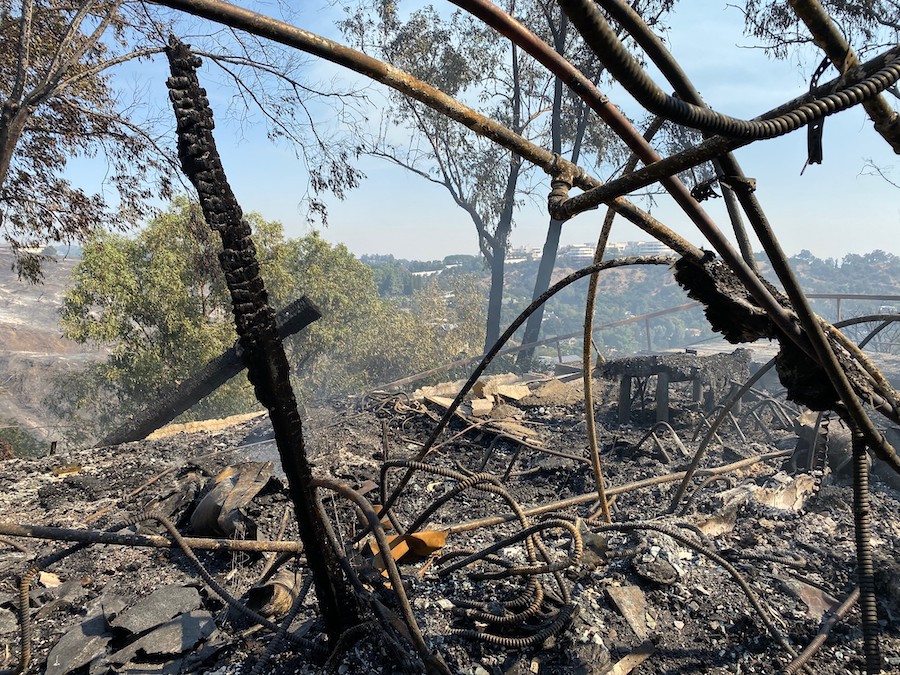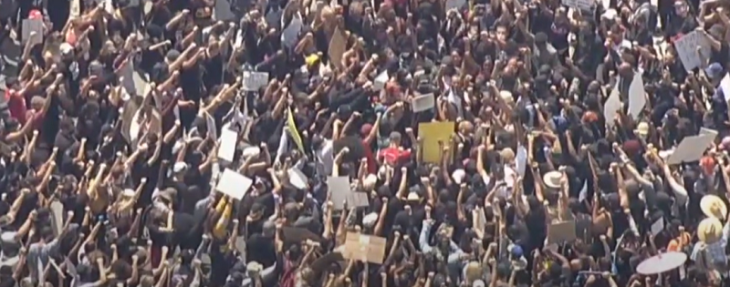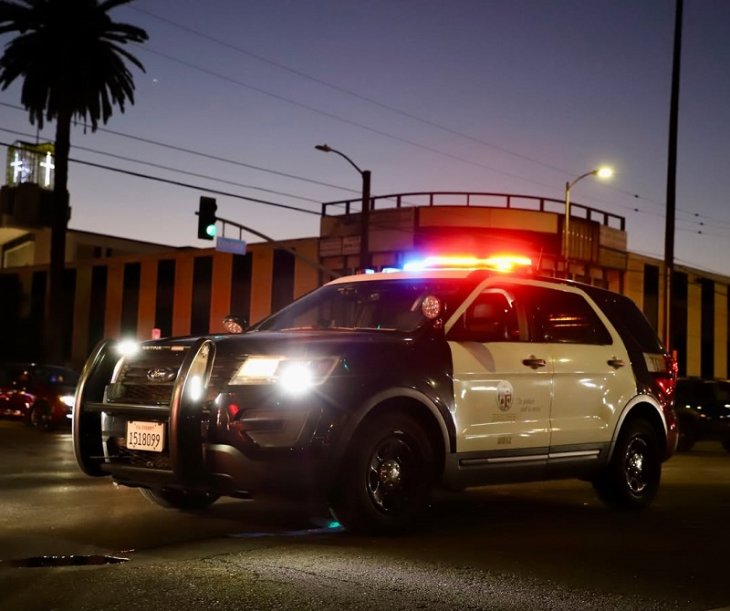
It happens almost every winter: pundits from eastern news outlets make weeklong pilgrimages to California, interview top officials here and generally report back that there’s something rotten in the state of the Golden State, as Shakespeare might have put it.
Rarely have they had more fodder for pushing that narrative than this year, when millions of Californians spent chunks of the last few months without certain basics of modern civilization, including electricity and the use of their longtime homes.
The implication of all this, they say, is that the California Dream, the mythical force which drew millions here over the last 150 years, has somehow died.
Wrote a longtime contributor to the New Yorker magazine, who fairly recently followed the old path from East Coast to West Coast, “The problem with the dream is that it is one, founded on a lie.” She cited a wildfire historian saying “California is built to burn. And it’s built to burn explosively.”
No kidding. Most of California famously has stable weather, with seasonal changes not nearly as obvious as in parts of America that often spend their autumns coping with hurricanes and winters digging out from under blizzards. But each year this state has a “fire season.” That’s been true for all time.
The New Yorker’s Dana Goodyear seems surprised that a fire swept through much of Malibu last year. But this happens almost every year, and for often-repeated reasons like arson, poorly-maintained power lines, high winds, low humidity and high temperatures during most Octobers and Novembers – sometimes earlier.
“Until recently,” wrote Goodyear, “it was possible to repress a sneaking awareness of the weather fallacy, stuff it in the back of the closet, alongside the earthquake kit, and tell oneself that all was well in paradise.”
What weather fallacy? While record cold and snow ravaged much of the East and Midwest this fall, temperatures in Los Angeles reached the 90s in late November and even foggy San Francisco saw highs mostly in the upper 60s.
Earthquakes? No one here hides that. It’s part of the bargain most non-native Californians made when they moved here: They weighed the risk of losing many of their material resources against the benefits of much warmer weather than where they came from.
At about the same time as the New Yorker took its cheap shot at California, just when it was suffering serious damage, the Wall Street Journal did much the same.
On the state’s housing problems, “Politicians have bulldozed market forces.” But as documented in this column several times, market forces have not been “bulldozed” at all; rather, they are a big reason for California’s housing difficulties: So many people want to buy in the choicest parts of this state that prices are too high for many would-be buyers. When buyers evaporate, prices normally drop. But there is no sign of that today. This is market forces at work, as expensive properties do actually sell.
On the “public safety power shutoffs”: “Californians are learning to live like the Amish.” If so, that’s partly the fault of politicians, but mostly of utility executives who redirected maintenance money paid by electric customers for decades, rather than using it to fireproof their transmission lines and other equipment.
On high gasoline prices, “Blame Democrats.” Are most oil company executives Democrats?
This is merely the latest installment of eastern-based fiction about California, which is anything but on its knees. In fact, construction is booming all over California, from fire areas where rebuilds abound to big cities where new, large housing projects aiming to ease shortages are underway.
And what if a few thousand more Californians departed California in recent years than have arrived here? One thing that does is alleviate California’s housing and traffic problems just a little. Not enough, as anyone who has house shopped or driven a freeway in the last year knows.
But there is no way the California Dream is dead, or even seriously threatened. That’s because the concept of a better life here has never been absolute, but always tempered by the fact that there can be trouble in paradise, as seen lately via high winds, arsonists, degenerating power lines and the big fires they combine to push.
Email Thomas Elias at tdelias@aol.com. His book, “The Burzynski Breakthrough: The Most Promising Cancer Treatment and the Government’s Campaign to Squelch It,” is now available in a soft cover fourth edition. For more Elias columns, visit www.californiafocus.net.



























